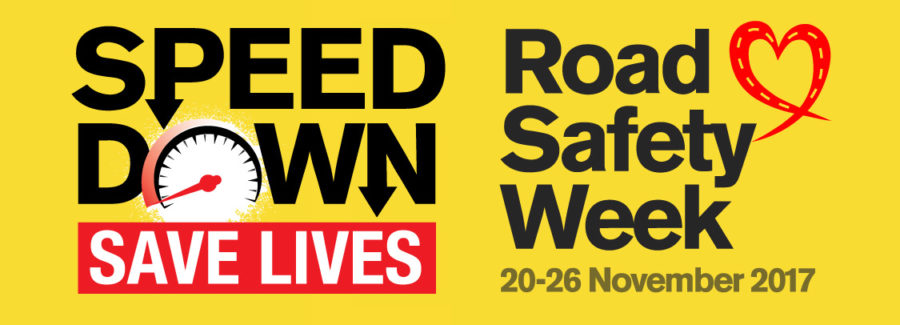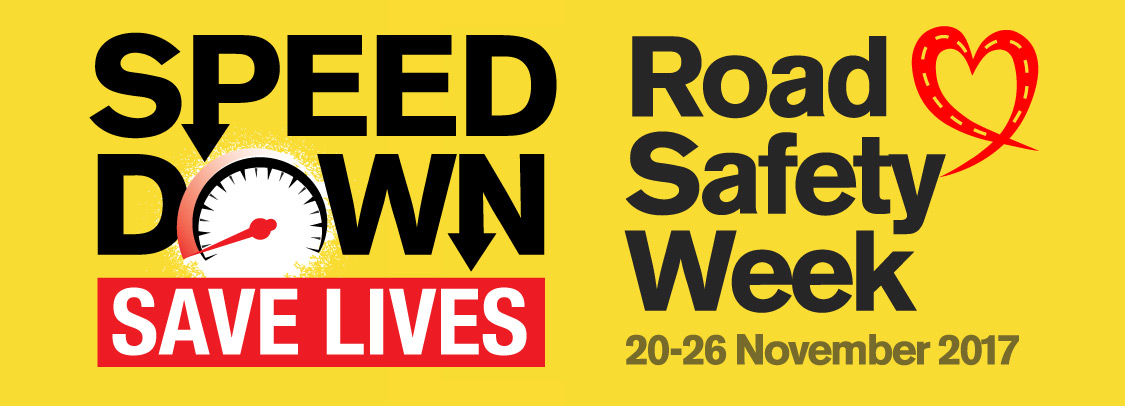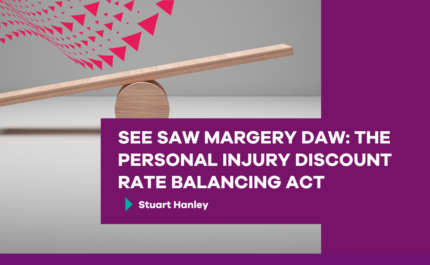
Each year, road safety charity, Brake, runs its seven-day Road Safety Week campaign to highlight ways to improve road safety in the UK and draw attention to dangers faced by today’s motorists. As part of this year’s Speed Down, Save Lives campaign, Brake is highlighting ways that innovations in technology can help to improve road safety.
As outlined in their online resources, vehicle technology is evolving at a rapid pace, and there are an increasing number of systems available that aim to improve vehicle and driver safety. As personal injury specialists in RTA and motorcycle accidents with a focus on using technological innovation to evolve the industry, this initiative is of great interest to us at Minster Law. So in support of the Brake Road Safety Week campaign we will be highlighting numerous ways that technology is always being used to try to improve road safety.
This month, Google’s former self-driving car project, Waymo, announced that after years of extensive research, development and trials the company’s fleet of more than 25,000 fully autonomous cars are ready to be tested on public roads. Waymo have invited the residents of Phoenix, Arizona to take part in the first public trial of the driverless cars, allowing the chance for families to test them as part of their everyday lives. And according to Phoenix’s economic development director, Micah Miranda, residents have already become accustomed to the sight of driverless cars on their roads.
“There are dozens of cars they’ve deployed, they’re everywhere,” says, Micah. “They are spectacularly unspectacular.”
Until now there has never been a fleet of fully self-driving cars on public roads, which brings to light the discussion of the safety of driverless cars. There are many predicted benefits of the innovation, including increased mobility, improved traffic flow, productivity, reduction in pollution from transport, and most importantly, the improvement of road safety.
Figures from the Department of Transport show that 74% of all road traffic accidents are caused by human/driver error. As autonomous vehicles incorporate sensor technology e.g. cameras, radar and lasers, and communication technology (vehicle to vehicle and vehicles to infrastructure) studies show driverless cars are now proving to be the safer option. For example, sensors can detect if a vehicle is approaching from around a corner, even if the passengers can’t see it. However, this isn’t to say there aren’t potential issues, such as breaches in security, vulnerability to hacking and tracking of the vehicles data, public acceptance of the new technology, changes to the law and the question of liability in the event of an accident.
Of course accidents may be inevitable, whether a vehicle is autonomous or conventional, but it is possible that new types of crashes will emerge. This raises the debate of who will be liable in the event of an accident where a driverless car is involved. Will drivers need to be insured for a driverless car or will the manufacturer of the vehicle accept liability for the accident based on the vehicle’s data?
“Their introduction will yield change in many industries, including personal injury law and motor insurance.”
Minster Law Technical Assurance Solicitor, Stuart Hanley, said: “Autonomous cars are a very interesting innovation and one that has been gradually introduced to people in recent years through the integration of various technologies into conventional vehicles. Their introduction will yield change in many industries, including personal injury law and motor insurance. There is still so much that is unclear about what will happen in the event of an accident involving a fully autonomous vehicle and, as RTA personal injury specialists we’re monitoring this topic closely with interest.
“The introduction of autonomous cars is likely to make it difficult to prove liability between two parties, certainly until precedents have set and laws have adapted to keep up with the digital age. However, personal injuries will still be sustained in the event of an accident and it is important that we collectively ensure that safeguards remain in place to support motorists and drivers of any vehicle in gaining the help they need post-accident.”
Click here to read about how blind spot protection can help to improve road safety.




